Virtual Labs
Offer your students a hands-on introduction to engineering. Our virtual labs simulate real-world projects designed by expert engineers so students gain unique insight and understanding into the world of engineering—all at no cost to your school.
Why virtual labs?
Awakens Student Curiosity
Adapts to Fit Your Schedule
Our virtual labs
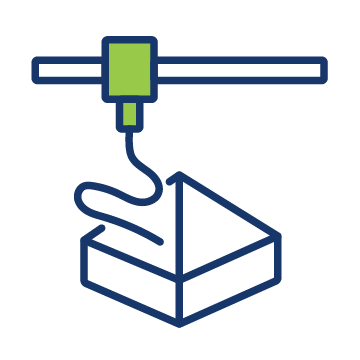
3D Printing – Medical
+Curriculum Connections:
- Manufacturing / Mechanical Engineering: Designing and constructing prosthetics
- Biomedical Engineering: Application of anatomy to mechanical design
Students will be able to:
- Identify various applications of 3D printing in medicine
- Analyze the anatomy of a prosthetic arm, hand, and finger
- Design and build their own prosthetic finger
- Advance their TinkerCAD skills
- Understand drawing and dimensioning
- Apply client details to their own prosthetic design

3D Printing – Product Dev
+Curriculum Connections
- Manufacturing Engineering: Designing and constructing products.
Students will be able to:
- Describe and explain the different types of manufacturing
- Identify the various fields that utilize 3D printing
- Use TinkerCad software to design their various products
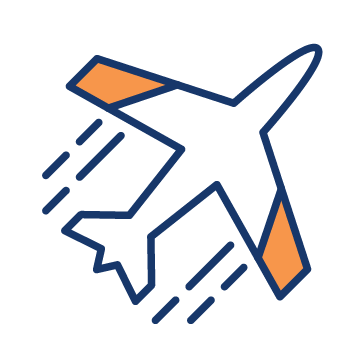
Aerodynamics
+Curriculum Connections:
- Physics: Newton’s Laws, Fluid Flow
- Intro to Engineering: Functional Analysis, Open-Ended Design Problems
Students will be able to:
- Analyze real-world problems and use critical thinking skills in order to solve them
- Explore the variety of airplane structures with several paper airplane designs
- Describe the performance of a paper airplane and understand what led to a certain behavior
- Design and build a paper airplane
- Collect and analyze data
- Explain the engineering process as it pertains to their design
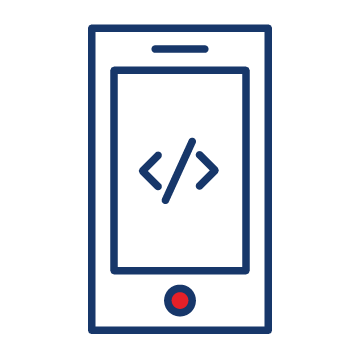
App Development
+Curriculum Connections:
- Computer Science
Students will be able to:
- Engage in the Engineering Design Process
- Analyze current real-world problems and use criteria to determine the best way to solve these problems
- Learn how apps are created and design one of their own
- Reflect on this lesson and what they have learned
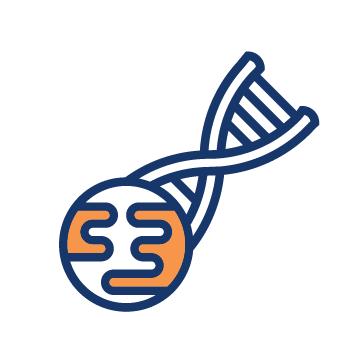
Bioinformatics & Genetics
+Curriculum Connections:
- Aligns with biology and computer science curriculums in high schools.
- Appropriate for:
- Intro Biology class
- Intro computer science class
- AP/IB/upper-level biology class
- AP/IB/upper-level computer science class
- Upper-level engineering/tech-ed class
Students will be able to:
- Engage in the engineering design and iterative process
- Analyze complex real-world problems through a biological lens
- Follow specific criteria in order to problem solve by making informed and specific search queries
- Discover and understand the importance of bioinformatics and sequencing to diagnose and treat diseases
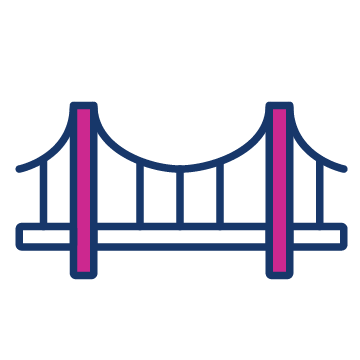
Bridges
+Curriculum Connections:
- Physics: Newton’s Laws
- Environmental Science: Human Population; Biodiversity
- Geometry: Property of shapes; polyhedra
- Introduction to Engineering: Structural Analysis, Open Ended Design Problems
Students will be able to:
- Engage in the Engineering Design Process
- Analyze complex real-world problems following specific criteria in order to problem solve.
- Discover and understand the variety of ways bridges can be designed as well as used in the present day
- Creatively design a bridge using materials at home
- Reflect and explain their thinking through videos
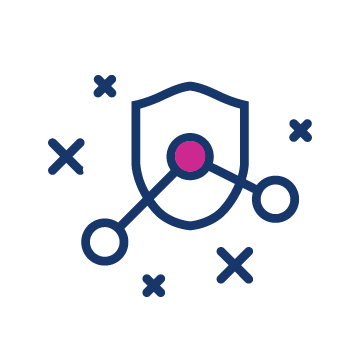
Cybersecurity
+Curriculum Connections:
- Cybersecurity: the state of being protected against the criminal or unauthorized use of electronic data, or the measures taken to achieve this
- Software Engineering: the systematic application of engineering approaches to the development of software
- Computer Engineering: a branch of engineering that integrates several fields of computer science and electronic engineering required to develop computer hardware and software
Students will be able to:
- Understand the importance of cybersecurity
- Analyze different types of cyber attacks
- Describe how to identify phishing attacks
- Practice using different methods of encryption
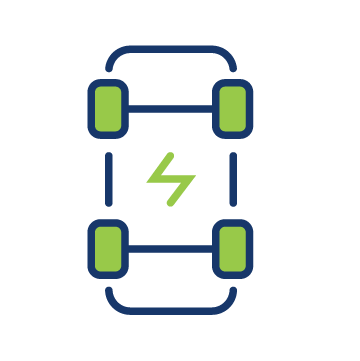
Electric Vehicles
+Curriculum Connections:
- Mechanical Engineering: using math, science, and engineering concepts to protect the design a vehicle that moves efficiently with an electric motor.
Students will be able to:
- Analyze real-world problems and use critical thinking skills in order to solve them
- Explore developments in electric vehicle technology and batteries.
- Design and build an electric vehicle using material provided.
- Explain the engineering process as it pertains to their design and reflect on opportunities to improve it.
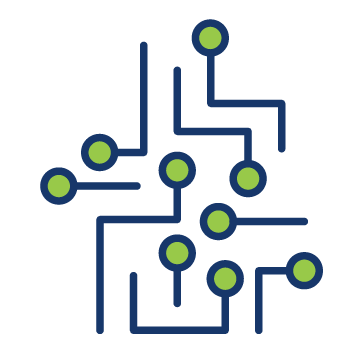
Embedded Systems & Circuits
+Curriculum Connections:
- Physics: Ohm’s Law and Circuit Analysis
- Computer Science: Iterative Processes, C Programming Language, Coding Design Process
Students will be able to:
- Learn more about electrical engineering and computer science with a hands-on experience
- Use and Identify several components in the Arduino system, including LEDs, potentiometers, and resistors.
- Have a basic understanding of how the Arduino system works.
- Use the C coding language with the Arduino computer application.
- Create their own Arduino-based projects
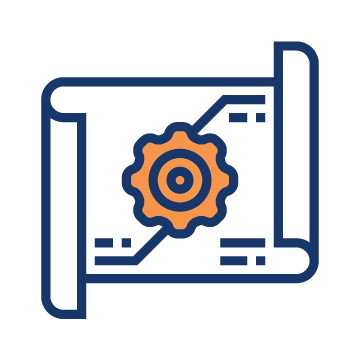
Entrepreneurship
+Curriculum Connections:
- The Engineering Process
- Entrepreneurship in Engineering
- Public Speaking
Students will be able to:
- Analyze real-world problems and use critical thinking skills in order to solve them
- Work in teams to develop a solution
- Use public speaking skills to give a small presentation in front of an audience
- Describe to an audience how each of their individual machines or inventions work
- Design and build a scale model
- Explain the engineering process as it pertains to their design
- Have an introductory understanding of engineering economics
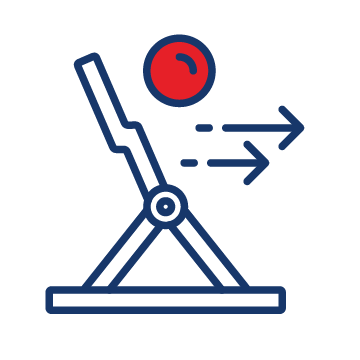
Machine Learning
+Curriculum Connections:
- Physics: 2D-Motion; Projectile Motion
- Freshman Computing: Predictive Analysis
- Statistics: Plotting Trendlines; Modelling
Students will be able to:
- Define machine learning and provide real world applications for where it is used.
- Describe the engineering design process and apply it to the design and construction of a catapult.
- Develop a mathematical model that describes the performance of the catapult.
- Create an algorithm based on the performance analysis of the catapult.
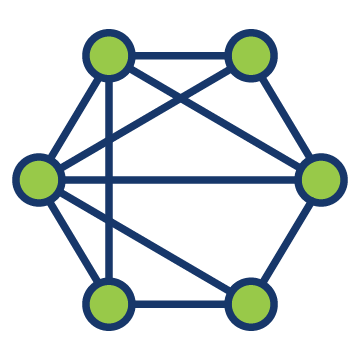
Networks & Drones
+Curriculum Connections:
- Algebra 2/ Precalculus: Combinatorics; Linear Algebra
- Intro to Computer Science: Primitive Types; Iterations
- Advanced Mathematics: Graph Theory; Combinatorics
- Environmental: Pandemics
- AP Computer Science: Algorithms
Students will be able to:
- Solve the Traveling Salesman Problem
- Learn about a distance matrix
- Learn how to solve computer science-related problems
- Program a virtual drone of your own
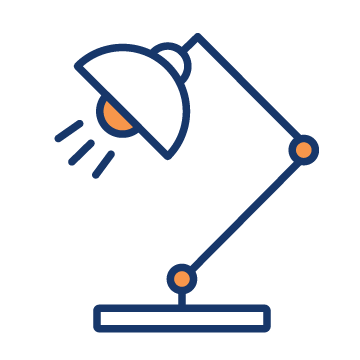
Phototherapy
+Curriculum Connections:
- Biomedical Engineering
- Physics and math
- Energy of sunlight
Students will be able to:
- Discover the role of light within the medical field.
- Learn the different characteristics of sunlight.
- Work through the Engineering Process.
- Create and design a medical treatment using technology.
- Use mathematical formulas in order to analyze the effectiveness of the design solution.
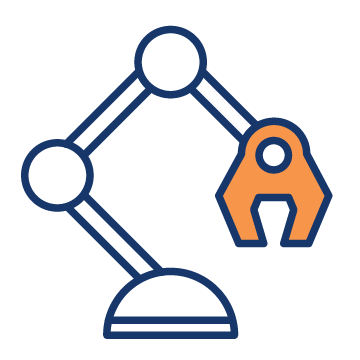
Robotics
+Curriculum Connections:
- Computer Science: Block Programming, Python, Coding Design Process
- Intro to Engineering: Engineering Design Process
Students will be able to:
- Learn more about electrical engineering and computer science with a hands-on experience
- Understand the basics of robotics systems
- Use the Coding Design Process to write code and improve it upon analysis
- Critically think in order to create their own set of solutions to their puzzles.
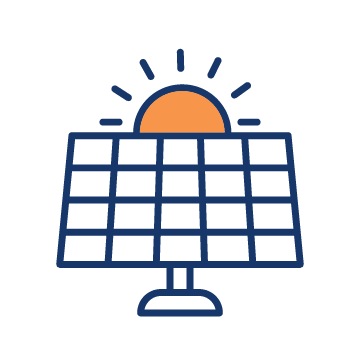
Solar Power
+Curriculum Connections:
- Environmental Engineering: using math, science, and engineering concepts to protect the living organisms on Earth
Students will be able to:
- Analyze real-world problems and use critical thinking skills in order to solve them
- Explore renewable energy
- Design and build a solar-powered turbine
- Collect and analyze data
- Explain the engineering process as it pertains to their design

Sound Pollution
+Curriculum Connections:
- Acoustic Engineering: Design, analysis and control of sound
- Sound Engineering: Design and manage sound levels and outputs. Takes care of sound equipment for live recording
Students will be able to:
- Identify basic terms related to sound
- Understand the effects of noise pollution
- Design a sound barrier to reduce levels of noise pollution
- Learn about career opportunities related to sound
- Learn about how to record data related to sound
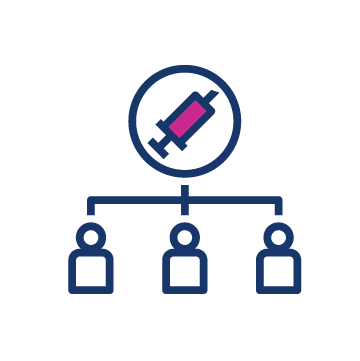
Vaccine Distribution
+Curriculum Connections:
- Industrial Engineering: optimization of complex processes and systems
- Manufacturing Engineering: the design of and operation of systems that produce high quality products at an efficient rate
Students will be able to:
- Analyze different methods involved in distribution and the pros and cons of each
- Describe the importance of supply chain in Engineering
- Design and build their own distribution routes for the vaccine
- Explain the engineering process as it pertains to their design
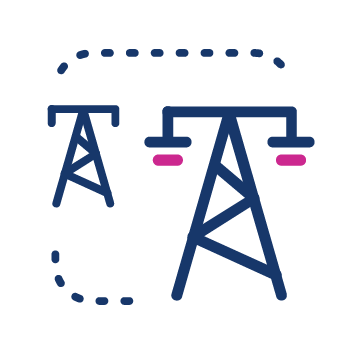
The Power Grid
+Curriculum Connections:
- Environmental Engineering: using math, science, and engineering concepts to protect the living organisms on Earth
- Physics: comparing the supply and demand of electrical energy to power various homes and communities.
Students will be able to:
- Analyze real-world problems (like the Texas blackout of Winter, 2021) and use critical thinking skills in order to solve them
- Explore the power grid and understand the factors that affect its stability
- See how renewable energy resources contribute differently/intermittently to the power grid compared to traditional fossil and nuclear resources.
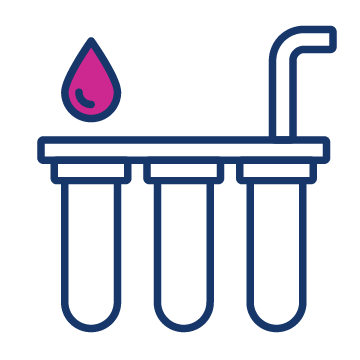
Water Treatment
+Curriculum Connections:
- Environmental Science: Water Issues and Water Pollution
- Earth Science: The Water Cycle
Students will be able to:
- Describe and explain actions that contribute to your water footprint
- Mimic a water clarification process
- Design and create a water filtration system
- Identify and explain various steps involved in the process of water treatment
- Analyze a water sample before and after it undergoes a water filtration process
- Use the iterative process to optimize a design
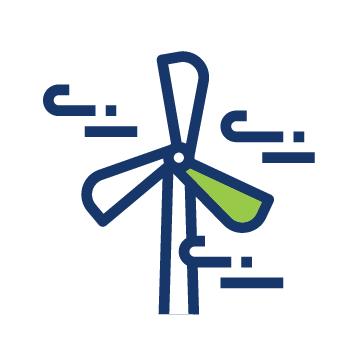
Wind Power
+Curriculum Connections:
- Environmental Engineering: using math, science, and engineering concepts to protect the living organisms on Earth.
Students will be able to:
- Analyze real-world problems and use critical thinking skills in order to solve them
- Describe renewable energy
- Design and build wind turbine blade prototypes
- Collect and analyze data
- Explain the engineering process as it pertains to their design
Engineer a path for your students.
Find out how your school can join the Engineering Tomorrow program.
Get involved